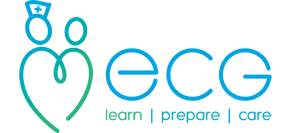Don’t be afraid of needle-phobic patients!
Whether you’re a pharmacist giving vaccinations or a health care professional taking blood, at some point you are going to encounter patients with a fear of needles.
A 2019 review found that 16% of adult patients avoided the influenza vaccination because of a fear of needles. This shows that needle phobia could have a negative impact on both individual and public health.
I have been taking blood for over a decade and have seen a huge number of patients in that time. Whilst unfortunately there is no magic solution to cure your patients fears, there are a few simple actions you can take to help make the situation significantly better for both you and your patients. Bear in mind that all of your patients are different, so the way you put one person at ease may not suit someone else. Nonetheless, here are my top tips for when you patient has a fear of needles.

Top tips
1. Take time to listen to your patients concerns. Sadly, many needle-phobic patients have had a bad experience in the past, which can be enough to give them angst for their future encounters. If you know what aspect went poorly previously, you can give them focused reassurance this time around.
2. Keep in mind that to a needle-phobic patient, it’s not “just a needle” – and telling your patient this won’t lessen their fears. This can potentially show a lack of empathy on your part – to you it’s just a needle, to them it’s more than that.
3. Have your equipment ready. Sitting in the chair waiting for the healthcare professional to get equipment can be a torturous wait for someone dreading what is about to happen. Being prepared reassures your patient that you are efficient and confident in what you’re doing.
4. Advise your patient to look away. I’ve had patients insist they wanted to watch their blood being taken who then fainted – which can be a dangerous situation. Obviously for some people they may prefer to look, but in my experience patients who look away are more comfortable.
5. Ensure the skin is taut before needle entry when taking blood, cannulating or giving IM injections (note that this is not appropriate for subcutaneous injections). Such a simple technique – which you will be taught to do safely with ECG training – can significantly reduce the pain from the entry of the needle. Having a positive and less painful experience will give your patient more confidence in the future.
6. Have a chat. This is both easy and obvious, but distraction can be a very effective technique to help ease someone’s nerves.
7. Be kind. Again, this is obvious, but when working as a healthcare professional performing medical procedures can become just another day in the job. But for the person in front of you, it’s a big deal. A friendly attitude goes a long way and ten minutes of your day may be remembered by your patient for a very long time to come.

And those are my top tips for easing the nerves of your needle phobic patients. Having patience, kindness and confidence in your clinical skills puts you in the best position to reassure your patients. If you feel your clinical skills need updating, contact ECG training to arrange a session.
Written by Sarah Hope (ECG Clinical Trainer), Wednesday 5th June 2019
You can follow me at: https://twitter.com/ECGSarah

